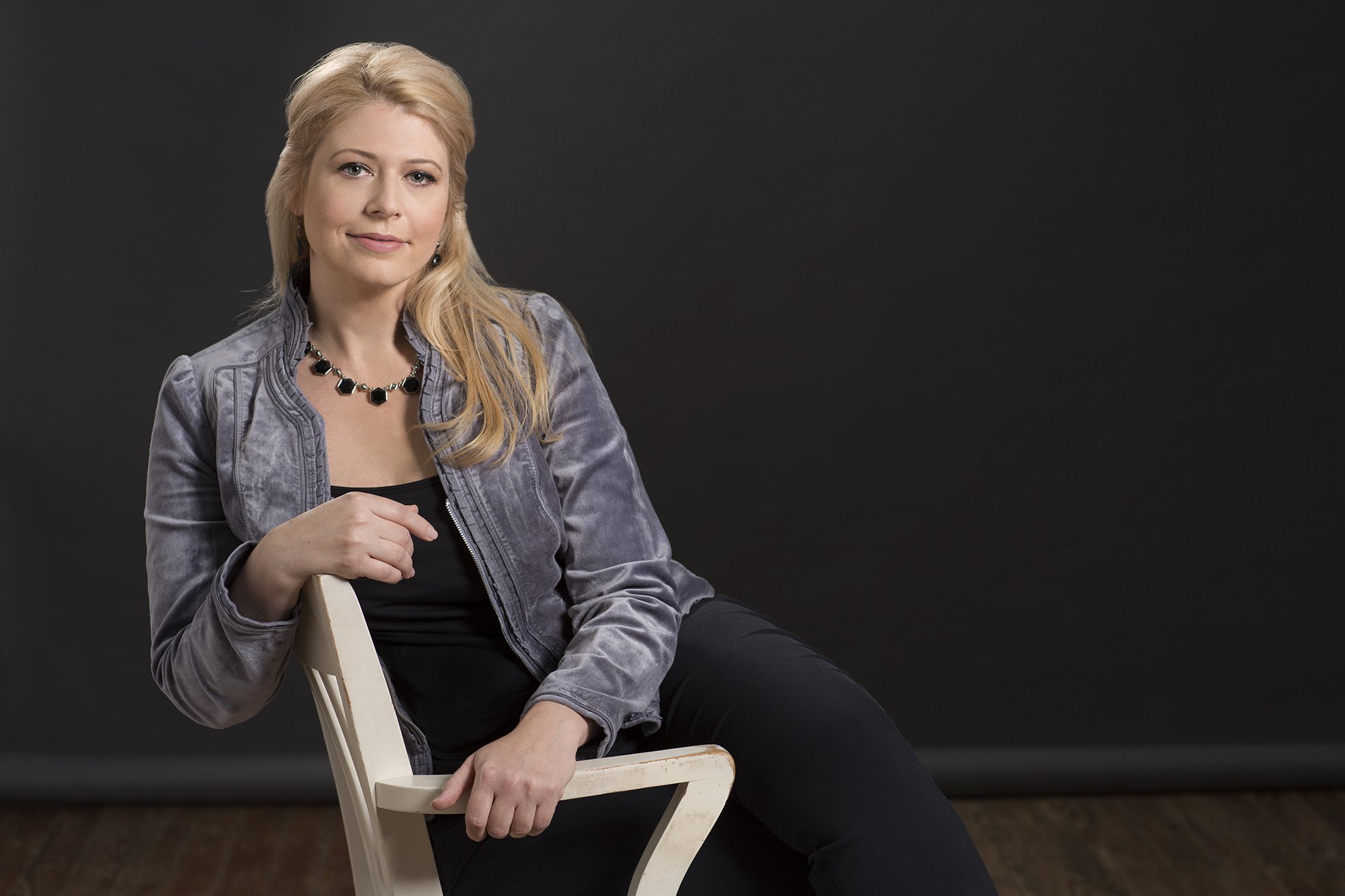AS AN 8-YEAR-OLD, Maryam Mirzakhani used to tell herself stories about the exploits of a remarkable girl. Every night at bedtime, her heroine would become mayor, travel the world or fulfill some other grand destiny.
Today, Mirzakhani — a 37-year-old mathematics professor at Stanford University — still writes elaborate stories in her mind. The high ambitions haven’t changed, but the protagonists have: They are hyperbolic surfaces, moduli spaces and dynamical systems. In a way, she said, mathematics research feels like writing a novel. “There are different characters, and you are getting to know them better,” she said. “Things evolve, and then you look back at a character, and it’s completely different from your first impression.”
The Iranian mathematician follows her characters wherever they take her, along story lines that often take years to unfold. Petite but indomitable, Mirzakhani has a reputation among mathematicians for tackling the most difficult questions in her field with dogged persistence. “She has a fearless ambition when it comes to mathematics,” said Curtis McMullen of Harvard University, who was Mirzakhani’s doctoral adviser.
With her low voice and steady, gray-blue eyes, Mirzakhani projects an unwavering self-confidence. She has an equal tendency, however, toward humility. Asked to describe her contribution to a particular research problem, she laughed, hesitated and finally said: “To be honest, I don’t think I’ve had a very huge contribution.” And when an email arrived in February saying that she would receive what is widely regarded as the highest honor in mathematics — the Fields Medal, which was awarded August 13 at the International Congress of Mathematicians in Seoul, South Korea — she assumed that the account from which the email was sent had been hacked.
Other mathematicians, however, describe Mirzakhani’s work in glowing terms. Her doctoral dissertation — about counting loops on surfaces that have “hyperbolic” geometry — was “truly spectacular,” said Alex Eskin, a mathematician at the University of Chicago who has collaborated with Mirzakhani. “It’s the kind of mathematics you immediately recognize belongs in a textbook.”
And one of Mirzakhani’s more recent contributions — a monumental collaboration with Eskin about the dynamics of abstract surfaces connected to billiard tables — is “probably the theorem of the decade” in Mirzakhani’s highly competitive field, said Benson Farb, also a University of Chicago mathematician.


































